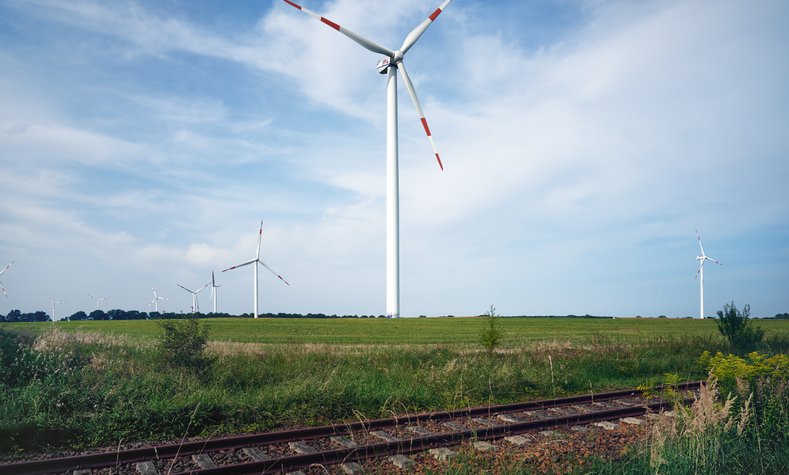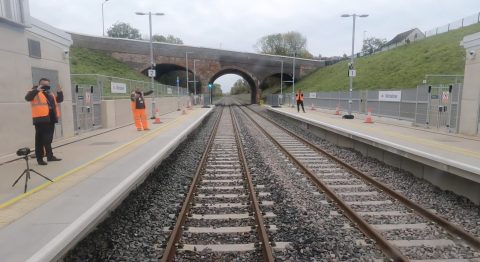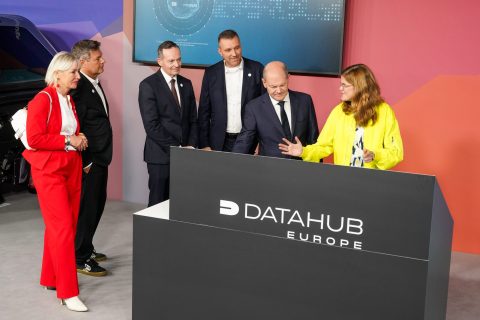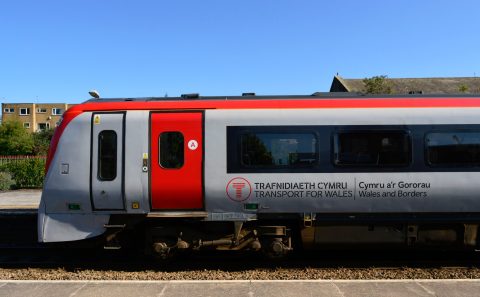Un chemin de fer vert et circulaire : comment y parvenir ?

Every day that passes brings us a little closer to Europe’s goal of being climate neutral by 2050. What is already possible with batteries, how to achieve a rail system 100% circular and how to make tenders more sustainable? All these topics will be at the heart of the RailTech Europe conference on March 7.
Making railways greener and more circular to meet climate goals will be discussed at the March 7 afternoon session of the RailTech Europe conference in Utrecht, Netherlands. Rail is already a sustainable mode of transport, but there is still room to reduce emissions and make the system more efficient and more circular. But how ?
The following presentations will provide clarification on this subject, followed by a debate on the future and the challenges ahead in the different areas of decarbonization.
From non-electrified rails to a low carbon system
Norway wants to transform its non-electrified rail network into a low-carbon system to meet climate targets. Stephen Oommen, Project Manager at the Norwegian Railways Directorate, and Bjørn Bryne, Senior Advisor for Rolling Stock Technology, will present their conceptual study. They are exploring options such as electrification, battery technology and hydrogen to reduce greenhouse gas emissions. Despite current economic challenges and technological gaps, the study recommends immediate and tailored solutions for non-electrified lines to avoid losing market share in the transition to zero-emission transportation.
Environmental impacts and sustainable tenders in railways
This presentation highlights a path towards sustainable rail infrastructure combining data analytics, life cycle costs and environmental impacts as assessment parameters. Matthias Landgraf, CEO and founder of Evias rail, and Sven Schirmer, purchasing coordinator of Austrian railways ÖBB, talk about emission reduction tools and sustainable tendering.
ÖBB has developed, piloted and increasingly integrated a tool for taking into account life cycle costs, including emission costs based on CO₂ emissions in tenders since 2020. Since this year (2024), the tool is web-based and fully digitalized: it records emissions from the entire supply chain, is easy to use and stores best bidder data directly in a database. The data obtained allows targeted development of suppliers in the direction of decarbonization and the realization of the Green Deal.
Use of zero-emission materials
We all want the railways to no longer emit greenhouse gases. Not only trains, but also work equipment. Melanie Verschoor, technical project manager at Strukton, will explain what is already possible with batteries and what projects are in this area.
How to achieve a 100% circular rail system?
The challenges of a circular railway are great, but the opportunities are even greater! Isabelle de Keyzer, senior advisor on environment and sustainability at the International Union of Railways (UIC), will introduce you to circularity in the railway sector. How to achieve the objective of a 100% circular railway in 2035?
The RailTech Europe conference takes place over two days, with other topics including competition in passenger rail, signaling and cybersecurity, and high-speed rail. View the full program and get your one or two day entry ticket here . This ticket will also allow you to visit RailTech Europe’s free exhibition and workshops.




